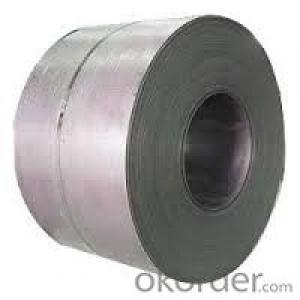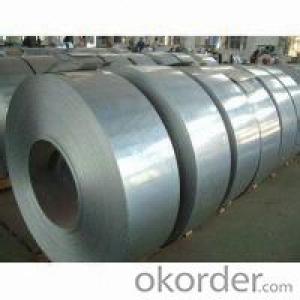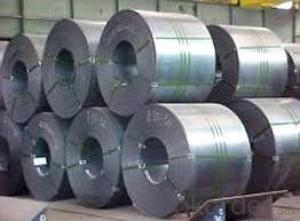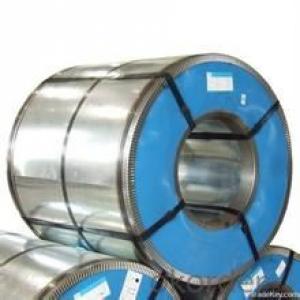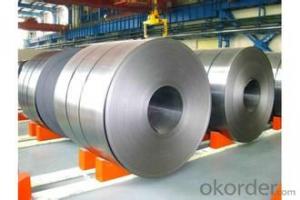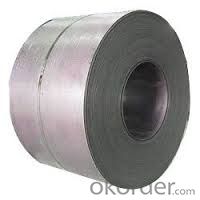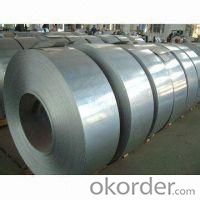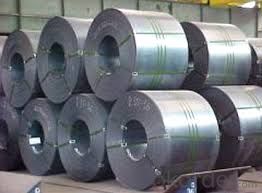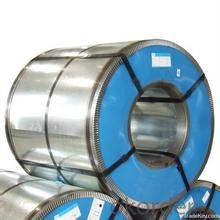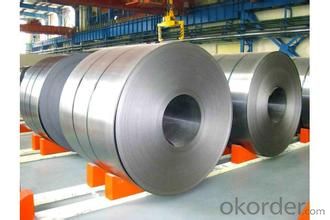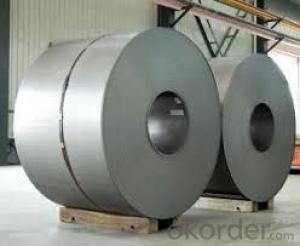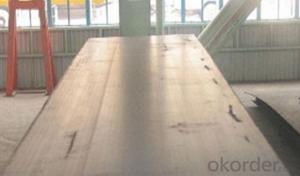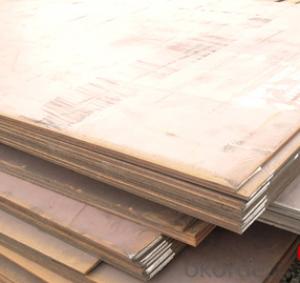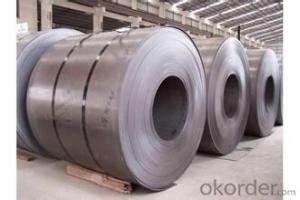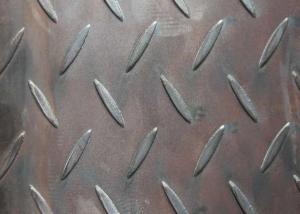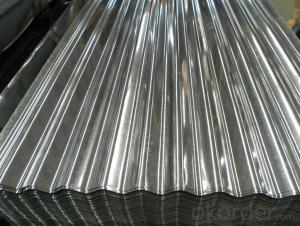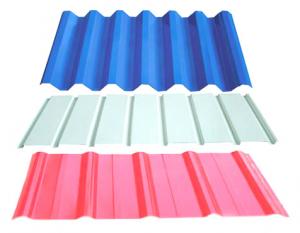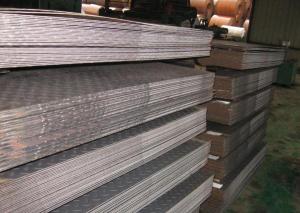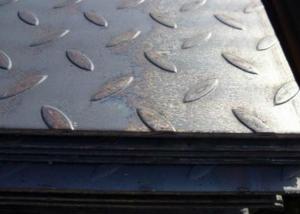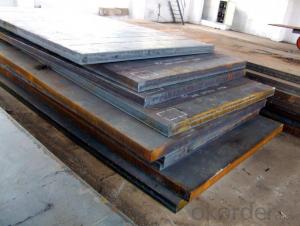hot rolled steel sheet DIN 17100 in CNBM
- Loading Port:
- China main port
- Payment Terms:
- TT OR LC
- Min Order Qty:
- 30 m.t.
- Supply Capability:
- 500000 m.t./month
OKorder Service Pledge
OKorder Financial Service
You Might Also Like
Product Description:
Rolled to its final dimensions while it’s hot enough to scale, our hot-rolled steel is an amalgamation of the various qualities of steel. It can be in the form of plates, sheets and coils. Our Hot-Rolled Steel Sheets and Coils are applied to a wide range of uses such as automobile, electrical appliance, machinery manufacturing, container manufacturing, shipbuilding, bridge, pipeline, and receive high acclaim from our customers for its excellent quality.
Description:
Product: | Hot Rolled Steel Coils/Sheets |
Material: | Q195,Q235,A36,SS400,S235JR,Q345,ST37-2, CCSB etc |
Standard : | JIS G3002 GB/T251B |
Technique: | hot rolled |
Thickness | 1.2mm to 200mm |
Tolerance of thickness: | :+/-0.03mm |
Width: | 750mm-2000mm |
Tolerance of width: | :+/-5.00mm (aiming to +/-2.00mm) |
Normal width: | 914mm, 1000mm, 1200mm, 1219mm, 1250mm,1500mm |
Length: | According to requirement |
Coil ID: | 508mm-610mm |
Coil Weight: | 10-25 Metric Tons |
Surface: | Black, Chromate, fingerprint resistant treatment, slight oiled or non-oiled, dry |
Port of Loading: | Tianjin/Shanghai port |
Packaging Details: | Standard export packing or according to the clients required |
Delivery Time | Within 30 days after received 30% deposit or workable L/C |
Payment Terms: | L/C,T/T |
Image:
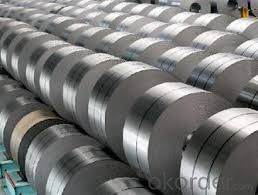

- Q: Can the steel sheets be used for outdoor furniture?
- Yes, steel sheets can be used for outdoor furniture. Steel is a durable and weather-resistant material, making it suitable for outdoor applications. It can withstand various environmental conditions such as rain, wind, and sunlight without corroding or deteriorating quickly. Additionally, steel sheets can be molded and shaped into different furniture designs, providing both functionality and aesthetic appeal. Whether it's for tables, chairs, benches, or even decorative elements, steel sheets can be an excellent choice for outdoor furniture due to their strength, longevity, and versatility.
- Q: What is the difference between a laminated and non-laminated steel sheet?
- A laminated steel sheet is formed by layering multiple thin sheets of steel together, while a non-laminated steel sheet is made from a single solid piece of steel. The lamination process enhances the strength and durability of the sheet, making it more resistant to bending, warping, and corrosion. On the other hand, non-laminated steel sheets are generally less expensive and may be easier to work with due to their uniform composition.
- Q: How are steel sheets used in construction?
- Steel sheets are commonly used in construction for various applications such as roofing, cladding, and structural components. They provide strength, durability, and resistance to various weather conditions, making them ideal for creating sturdy frameworks, walls, and roofs in buildings and infrastructure projects. Steel sheets can be fabricated into different shapes and sizes, allowing for versatile use in construction projects.
- Q: Can the steel sheets be easily folded or creased?
- No, steel sheets cannot be easily folded or creased due to their strong and rigid nature.
- Q: Can steel sheets be used for soundproofing or insulation?
- Yes, steel sheets can be used for soundproofing or insulation, but they are not as effective as other materials specifically designed for these purposes. Steel sheets have some natural soundproofing and insulating properties due to their density and ability to block sound and heat transfer to some extent. However, they are not as efficient as dedicated soundproofing or insulation materials such as acoustic panels or fiberglass insulation. Steel sheets can be used as an additional layer to improve the soundproofing or insulation properties of a structure, but they should be combined with other materials to achieve optimal results.
- Q: Can steel sheets be used for manufacturing cookware?
- Yes, steel sheets can be used for manufacturing cookware.
- Q: How are steel sheets protected during welding?
- Steel sheets are protected during welding through the use of various methods such as shielding gases, fluxes, and coatings. Shielding gases, like argon or carbon dioxide, create a protective atmosphere around the welding arc, preventing oxidation and contamination of the molten metal. Fluxes can be applied to the surface of the steel sheets, which react with the impurities and form a protective slag layer. Additionally, coatings such as anti-spatter sprays or heat-resistant tapes can be used to protect the steel sheets from weld spatter and heat damage.
- Q: What are the different edge finishes available for steel sheets?
- Depending on the desired aesthetic and functional requirements, steel sheets offer various edge finishes. The most common options are as follows: 1. Mill Edge: Directly from the steel mill, this is the standard and unfinished edge. It is typically used in non-critical applications like industrial or structural use. 2. Trimmed Edge: Irregularities and burrs are removed by trimming or shearing the rough mill edge. This provides a cleaner and more uniform edge, making it suitable for applications where appearance matters. 3. Deburred Edge: Through a deburring process, sharp or jagged edges are eliminated, resulting in a smooth and rounded edge. This enhances safety, making it common in applications involving frequent handling or contact. 4. Beveled Edge: The edge is cut or ground at an angle, creating a sloping or chamfered edge. This improves both aesthetics and functionality, especially in architectural applications and jointing or welding. 5. Rolled Edge: By rolling or bending the steel sheet's edge, a rounded or folded edge is formed. Rolled edges provide a smooth and finished appearance, making them ideal for visible applications like decorative or furniture manufacturing. 6. Hemmed Edge: Folding the edge of the steel sheet over itself creates a double-layered and durable edge resistant to fraying or unraveling. Hemmed edges are commonly used in exposed areas that require added durability, such as roofing or sign manufacturing. These examples demonstrate the range of edge finishes available for steel sheets. Each finish offers unique characteristics and benefits, allowing for customization based on specific requirements and preferences.
- Q: What are the limitations of using steel sheets?
- One limitation of using steel sheets is their susceptibility to corrosion, especially when exposed to moisture or certain chemicals. Additionally, steel sheets can be heavy and require special equipment for handling and installation. They also have limited flexibility and may crack or break under excessive stress or bending. Moreover, steel sheets may be more expensive compared to other materials, making them less cost-effective in certain applications.
- Q: Can steel sheets be used for manufacturing storage tanks?
- Yes, steel sheets can be used for manufacturing storage tanks. Steel is a commonly used material for storage tanks due to its strength, durability, and resistance to corrosion. Steel sheets can be shaped, welded, and coated to meet the specific requirements of storage tank construction.
Send your message to us
hot rolled steel sheet DIN 17100 in CNBM
- Loading Port:
- China main port
- Payment Terms:
- TT OR LC
- Min Order Qty:
- 30 m.t.
- Supply Capability:
- 500000 m.t./month
OKorder Service Pledge
OKorder Financial Service
Similar products
Hot products
Hot Searches
Related keywords
